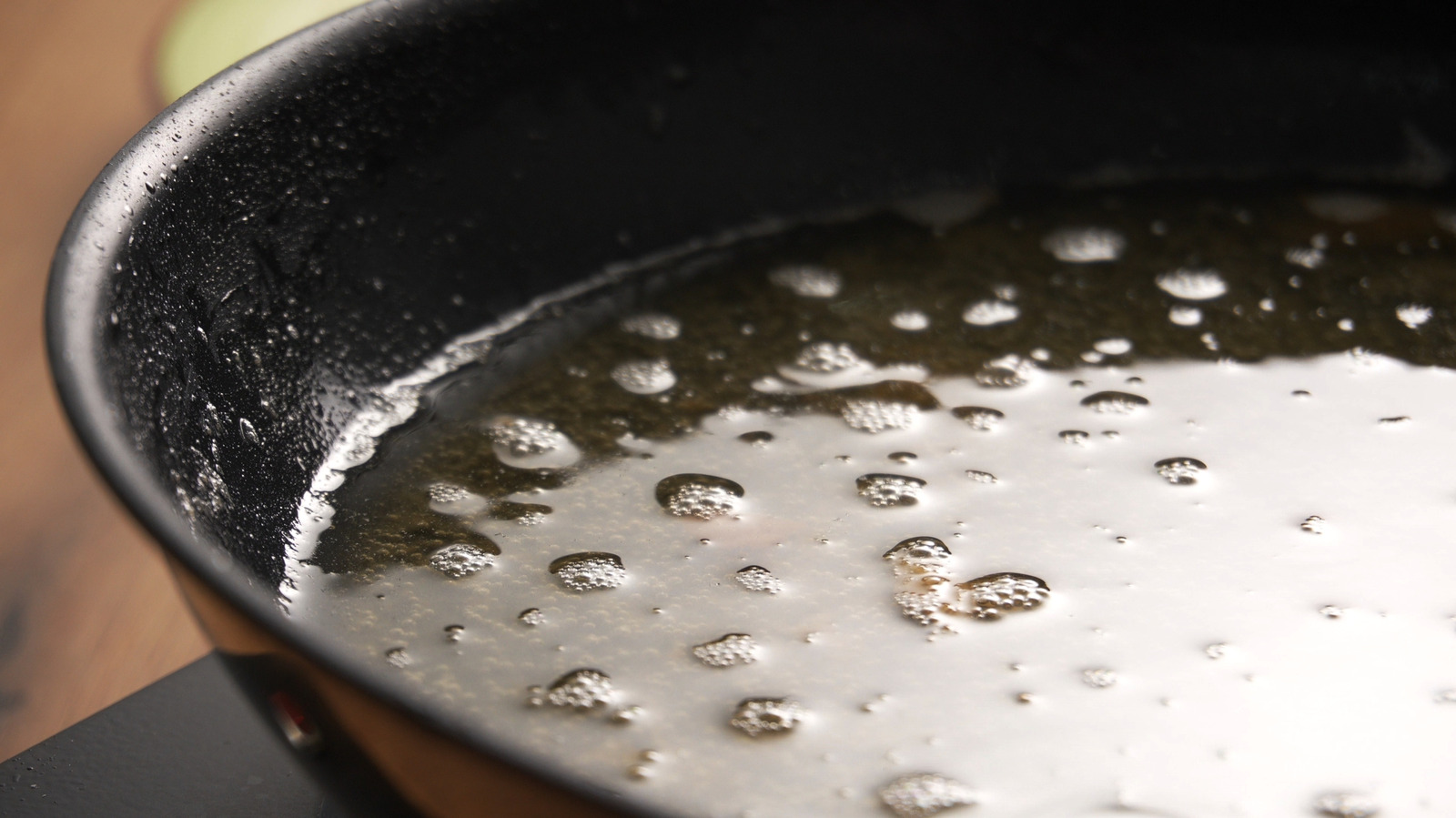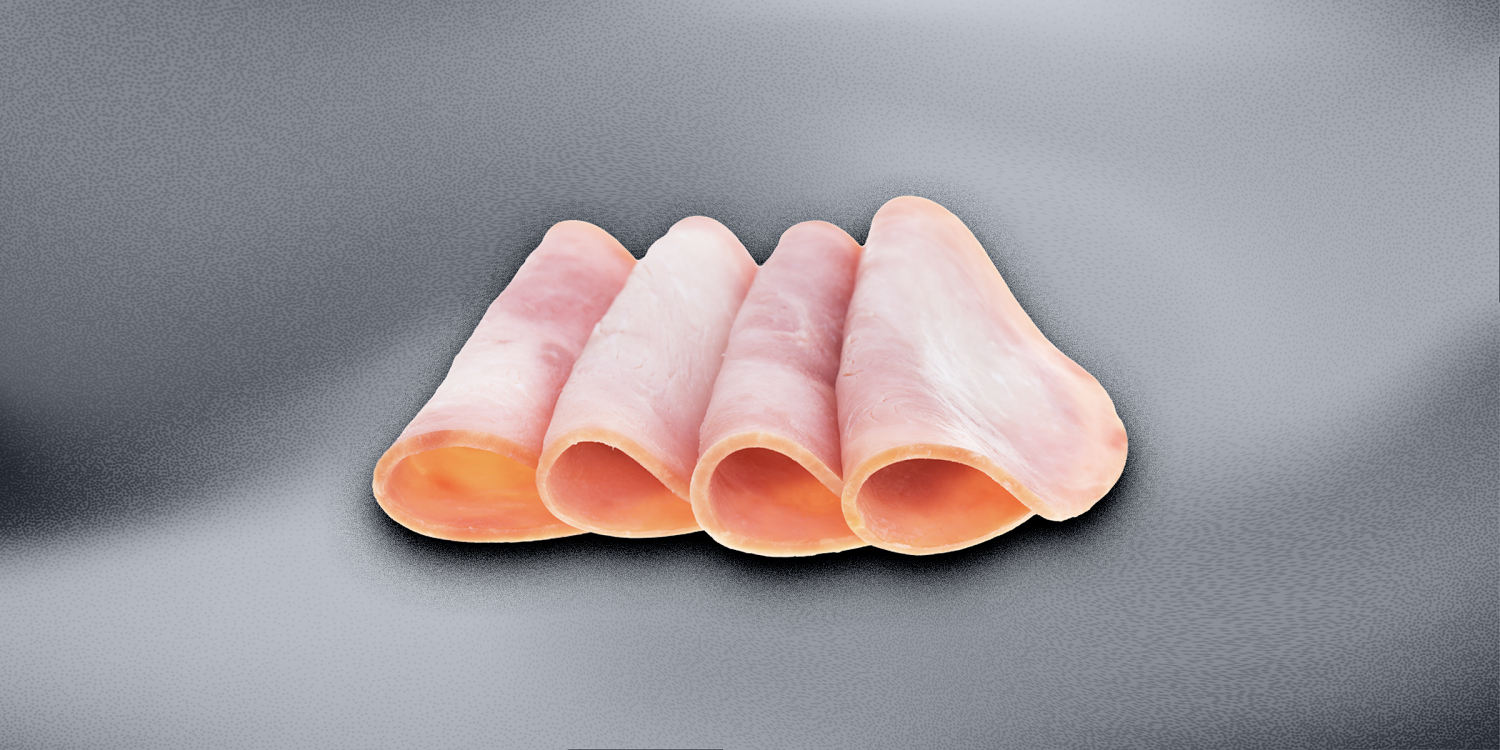Fiery aguachile at Mariscos Chiltepín. | Bill Esparza Chef Francisco Leal’s Mariscos Chiltepín is turning up the heat on its aguachiles and ceviches One of Los Angeles’s most talented seafood specialists, chef Francisco Leal, who helped develop the menu at Del Mar Ostioneria truck, is back on the street, preparing Sinaloan-style shellfish and seafood towers at a stand he calls Mariscos Chiltepín.Back in September 2019, Leal set up his mariscos shop with a few tables, chairs, and an ice chest along one of the desolate streets lined with warehouses in the city of Vernon.
The chef had gone to culinary school in Sinaloa and then spent 17 years working for the mega-pizza chain, Pizzeta, before leaving Mexico with dreams of starting his own business. On the streets of Vernon, LA’s “exclusively industrial” city with only a few hundred actual residents, he met Roberto Pérez, a customer with his own cevichería dreams. Pérez became a devoted customer of Leal’s stand.

Together, they opened Del Mar Ostionería along La Brea Avenue south of Wilshire in March 2023; the same year, it won an Eater Award for Best New Food Truck. Del Mar Ostionería was recently shut down by the City of Los Angeles due to complaints from some neighboring businesses. Leal remains a chef consultant at Del Mar, which is looking for its next location, but has stepped away from day-to-day operations.
Leal quietly returned to the place where he started selling mariscos in June 2023 — on the sidewalk next to spartan walls of Basic Textile Incorporated in Vernon. While the gritty industrial setting doesn’t exactly give Playa Maviri vibrations, Leal is serving up some of the best Sinaloan barra fria (cold bar) dishes in town at Mariscos Chiltepín, with intensely spicy ceviches and aguachiles unrivaled in Los Angeles. Leal works under a long blue pop-up canopy that covers a row of plastic folding tables with black printed tablecloths.
Using fresh Mexican shrimp, firm callo de hacha (pen shell clams), cooked octopus from Nayarit, and cured snook (callo de robalo), all pulled from his ice chest, Leal makes ceviches, tostadas, seafood cocktails, and aguachiles. A second ice chest is lined with sliced vegetables and fruit for his barra fria menu, the likes of which are typically found in Culiacán or his native city of Los Mochis. On Tuesdays and Thursdays, he gets live chocolate (also called chocolata) clams, and Kumiai oysters from Baja California.
The chocolatas and oysters topped with sturgeon caviar are secret menu items not to be missed. “About 90 percent of my seafood comes from Mexico, such as Sinaloa and Sonora,” says Leal, who sources from Pacific Fresh Fish Company in Downtown LA. Start with a spicy callo de robalo shooter, where cold-brining enhances the flavor and luster of the snook.
Pair it with a Corona Non-Alcoholic, a michelada made with the same beer, or perhaps a virgin margarita. Leal’s ceviche mitotero combines cooked and lime-cured shrimp, octopus, and callo de lobina tossed in a Clamato-based mixture that includes lime juice, ground chile chiltepín, and salsa negra. It’s an umami bomb.
Ask for the spicy version and scoop up piquant bites with cracked pieces of tostadas or Saltines. The theme here is the ultra-powerful chile chiltepín, and diners can really experience Sinaloa’s incendiary flavors that are often missing at other cevicherías in Los Angeles. “Here, I don’t have to hold back on the heat, which is more the way we like it in Mexico,” says Leal.
Bill Esparza Francisco Leal. The tuna ceviche also benefits from extra chiltepín: Leal forms the fatty fish into a low-rise tower with diced cucumber, red onion, and mango covered with a fan of sliced avocado. The finishing touch is a sprinkling of Masago Arare (rice pearls) and salsa negra.
Kanicrab tostadas come topped with fried leeks and microgreens, a nod to a course Leal took on Japanese cuisine in culinary school. The menu rounds out with seafood tostadas, seafood cocktails, and botanas, or snacks. Leal’s most interesting (and punishing) plates are his aguachiles.
The salsas for his aguachiles include a savory smoked salsa, a toasty peanut salsa, and a sweeter mango or strawberry salsa, all of which come with chile chiltepín. It’s typical in Sinaloa to request one’s preferred spice level, but even in México, they don’t go where Leal treads. (“You want extra spicy? How about chiltepín with ghost pepper?” he says.
) Delicate Mexican shrimp encircle a ceramic plate, set over julienned vegetables with a fanned avocado at the center, all covered in a near-neon-orange salsa. That salsa is a ring of fire. As the sharp heat and earthiness of the chiltepín begins to decay, the ghost pepper spice rears its head.
Heat seekers will love this for the flavor complexity that comes from the blend of chiles.Diners can order a duo or trio of aguachiles to sample Mariscos Chiltepín’s salsas. If customers order the spiciest aguachile with chiltepín and ghost pepper, the charcoal, tamarind pulp, and black salt-infused lemonade can provide relief from the heat.
But sometimes, sipping an acidic drink amplifies the fire. Better to wait out the nuclear levels of spice and take a sip when the chiles reach their half-life. “I like to be on the streets here in Vernon,” Leal says.
“The Mexican customers don’t mind the heat.”Find Mariscos Chiltepín at 1836 East 41st Street in Vernon, California. The stand is open 11 a.
m. to 5 p.m.
, seven days a week..

/cdn.vox-cdn.com/uploads/chorus_image/image/74025171/IMG_3019.0.jpg)














